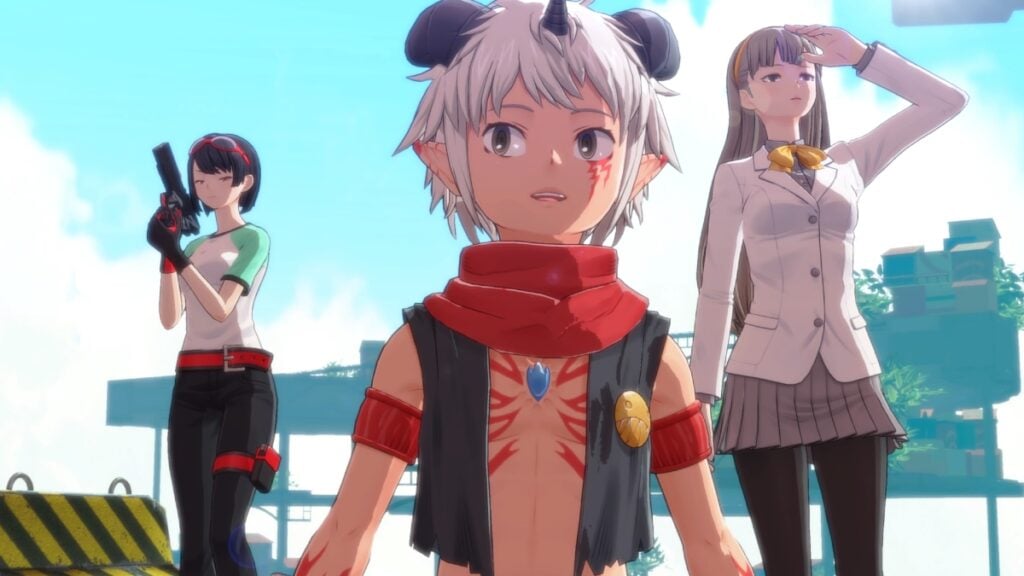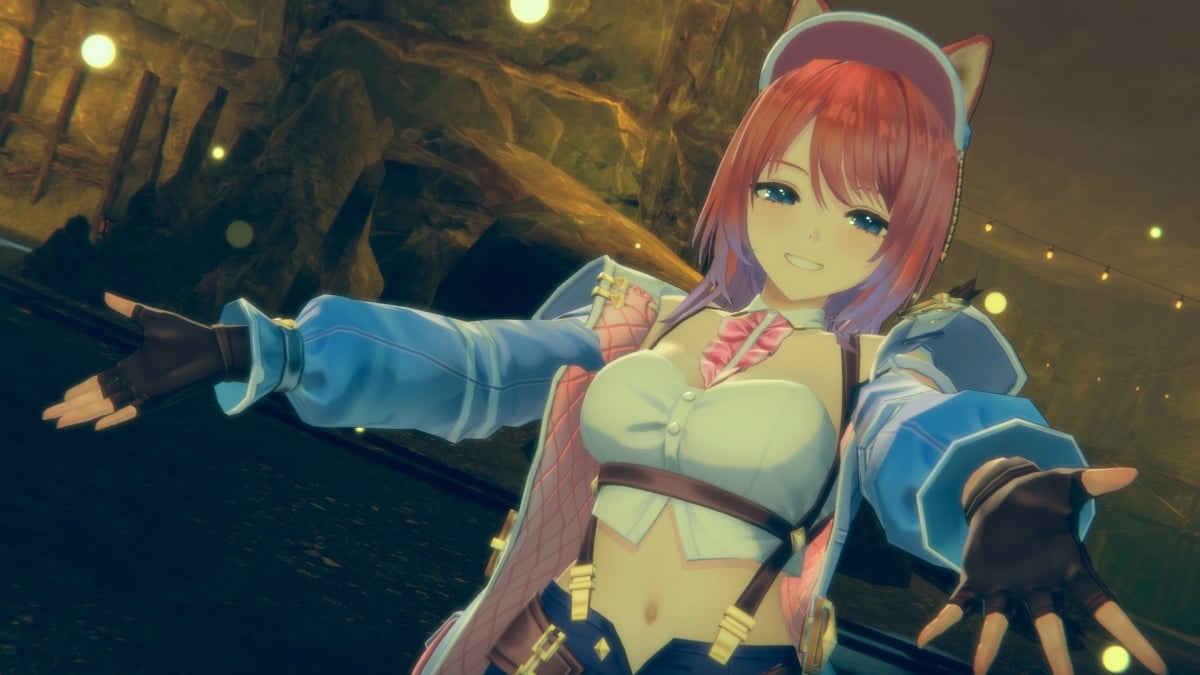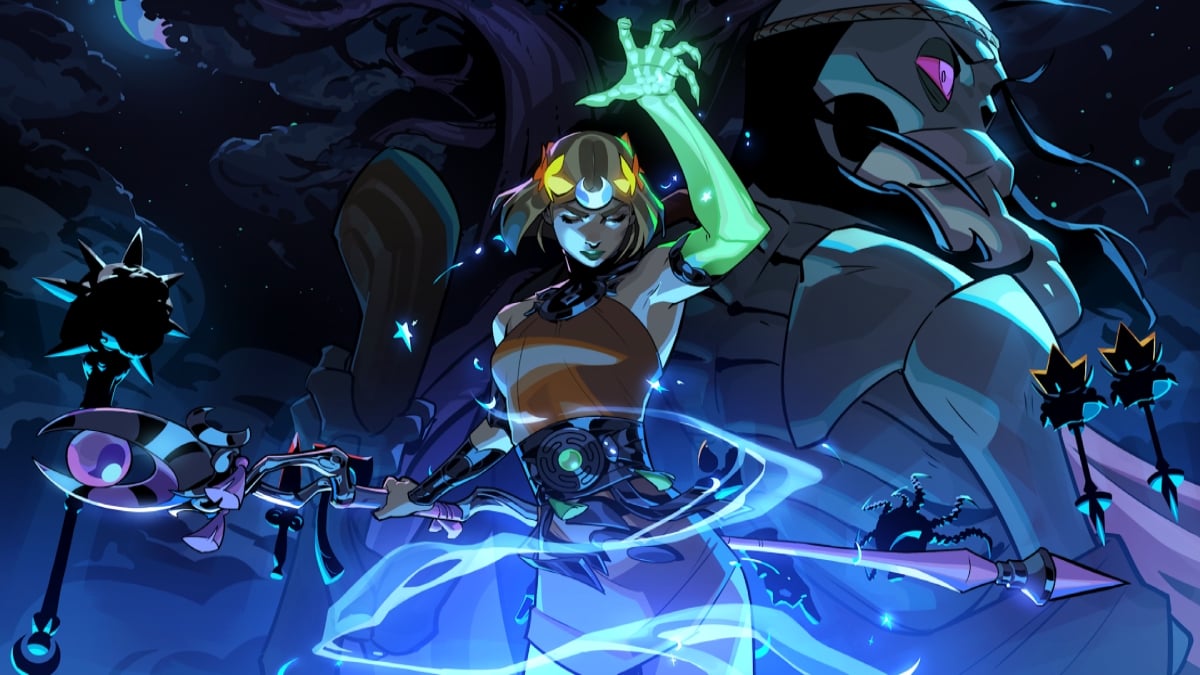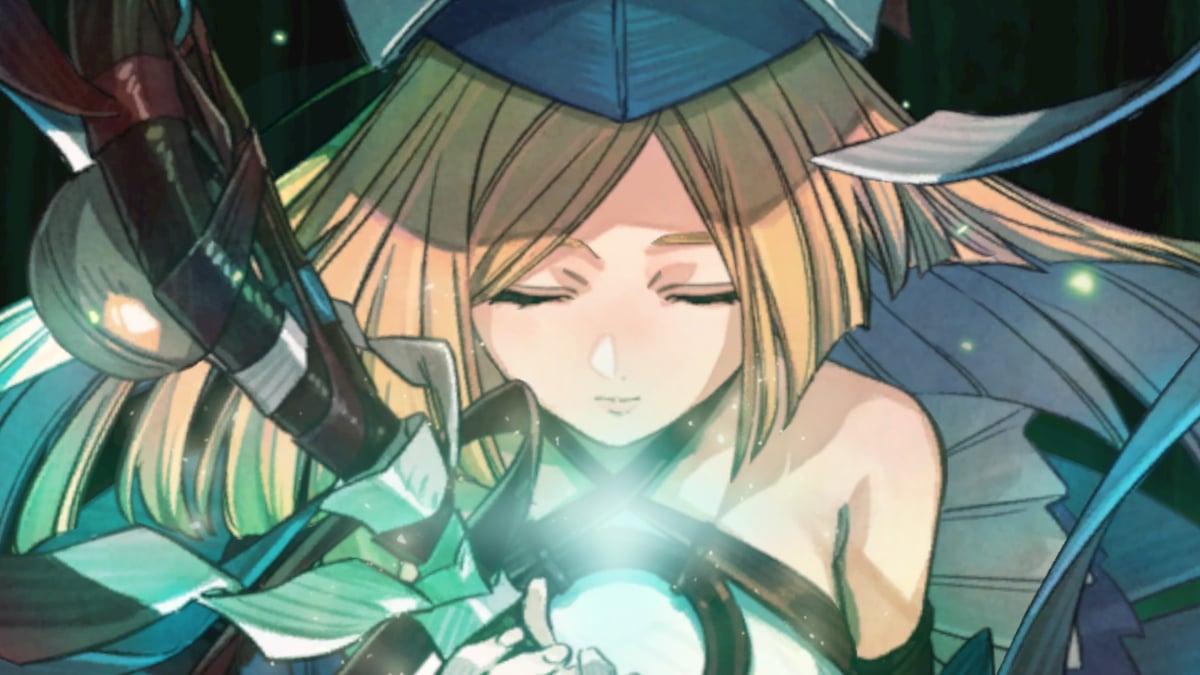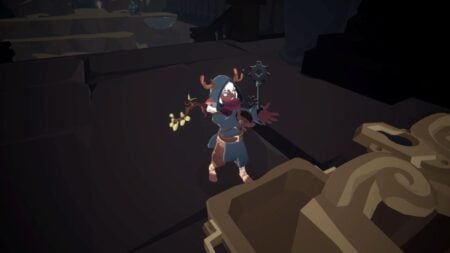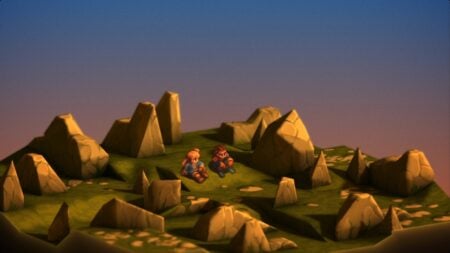Skip To...
I’ve been a Digimon fan for as long as I can remember. Some of my fondest after-school memories involve watching each Digimon show that was airing at the time, from Adventure to Frontiers. Heck, I am that big of a fan that I asked the saxophone player at my wedding to play a version of Butter-Fly, and he nailed it. And while I’ve followed the show closely due to how great most of its iterations have been, I can’t say the same about the games. Most of them had missed the mark on a few areas until today. Digimon Story Time Stranger fixes most of the gripes I had with previous Digimon titles, making it an excellent Digimon adventure and one of the best Digimon games out there.
Between Worlds
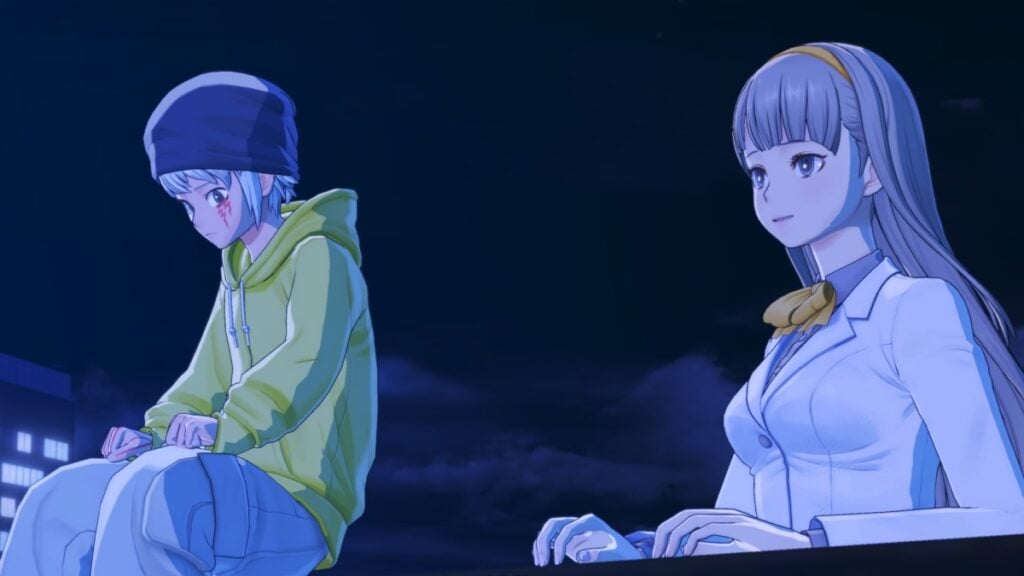
One of the things that affects most Digimon games is their pacing. Take Cyber Sleuth, for example. It had an excellent narrative that gripped you at times. Sadly, it was a dialogue fest that made the whole story feel tedious at times and deterred many players from immersing themselves in the plot. Fortunately, Digimon Story Time Stranger fixes that tedium by bringing an engaging plot, if a bit predictable at times, and while it still suffers from a few pacing issues, it is up there as one of the best Digimon stories in gaming.
You begin as a member of the mysterious organization ADAMAS, which is in charge of taking care of anomalies usually caused by Digimon or other phenomena. In your latest missions, you’re called to Shinjuku’s government building to investigate some strange happenings, when you’re suddenly thrown into a conflict between Digimon, which is causing a calamity. After picking up your starter Digimon and meeting Inori, a key player of the game’s narrative, you land on the Digi-World, try to save an egg, and get transported eight years in the past.
All of the above happens in the first two hours of the game, which is practically what comes in the demo many of you already played, and after that, the real time-traveling world-hopping adventure begins.
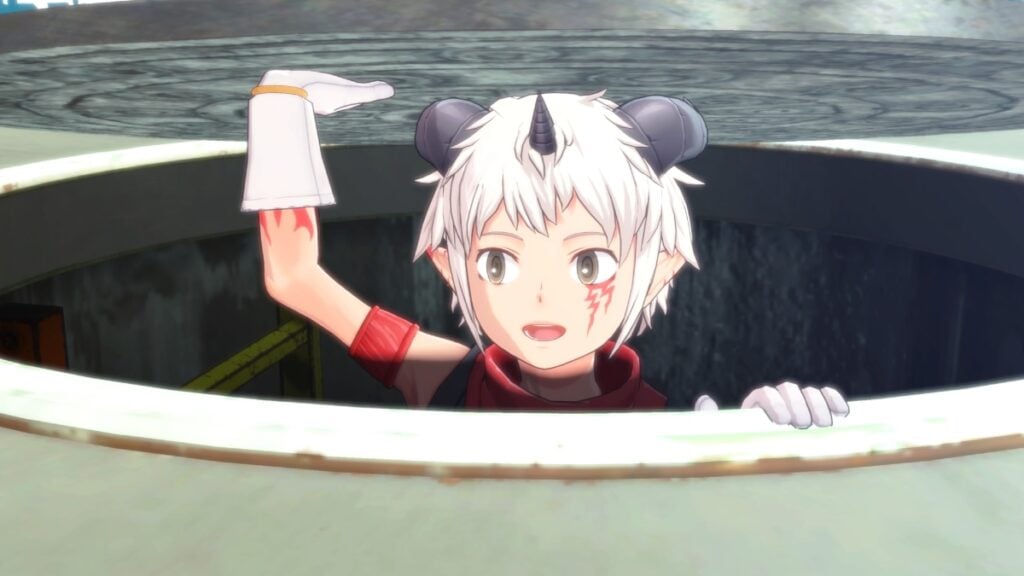
I don’t want to spoil any important details, as there are many plot twists throughout that work better if you’re not aware of them. Instead, I’ll discuss the general aspects of the narrative. For starters, it is great, and that’s not my Digimon bias talking. The plot of Digimon Story Time Stranger is among the best, including Cyber Sleuth, and it is all thanks to its well-written characters and easy-to-follow narrative that still has that air of mystery many Digimon games are known for.
Furthermore, the entire plot feels like an actual Digimon adventure, where you travel to different places in the Digi-World to solve contained issues that ultimately contribute to a larger cause. It reminded me of my favorite shows and RPGs. Yet, like many other standout RPGs, this one has some minor pacing issues. I say minor because, for once, they didn’t affect me, but that doesn’t mean it will be the same experience for everyone.
To give you a quick example, you don’t visit the Digi-World for the first seven hours, or at least that’s what it took me. Keep in mind that I was spending most of my time trying to Digivolve my team members and also completing side quests in Shinjuku. P liked this, as it let me familiarize myself with the modern setting before jumping into Iliad. Once the Digi-World, however, the story starts to move a bit faster in some aspects. A few of the zones overstay their welcome and make certain segments feel unnecessary longer, but once you get to that final boss or reach the next plot twist, it makes the long journey worth it.
Overall, I was not expecting the plot of Digimon Story Time Stranger to hook me this hard, but most importantly, to exceed my expectations. Even if it had some predictable moments, the big reveals and shocking scenes made my jaw drop more than once, and this is something that had been missing from Digimon games. The narrative was so grand that I swept some of the pacing issues under the rug, as I was always eager to reach the next story crumb or unveil that mystery that had been simmering for some hours.
Approachable Combat, Deep Systems
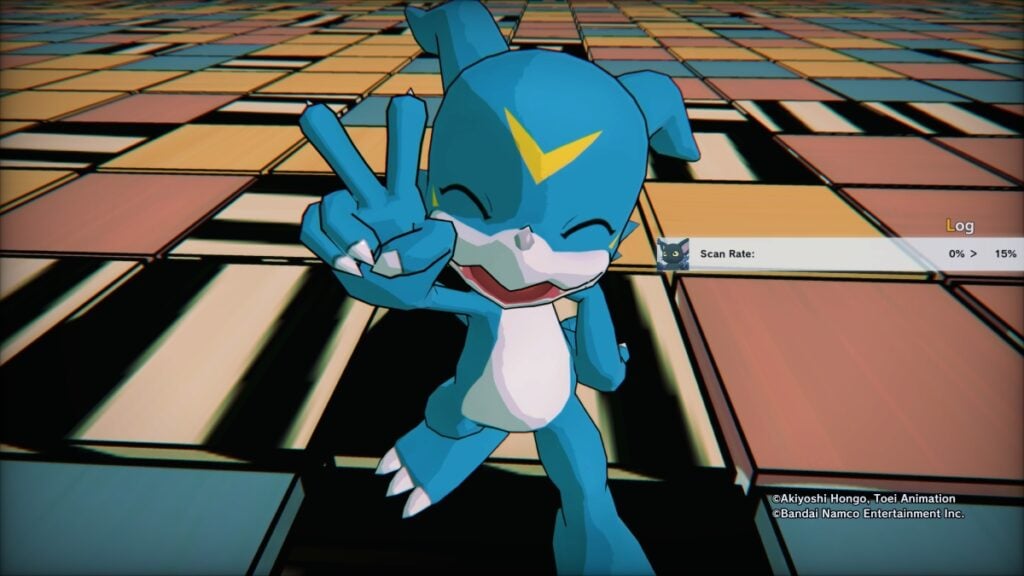
The bread and butter of Digimon Story Time Stranger is, undoubtedly, its gameplay. It brings back classic turn-based battles featuring different Digimon types and skills, while enhancing the overall experience by making it approachable without sacrificing depth.
In terms of Digimon battles, they still work with the rock-paper-scissors logic, where Data is strong against Vaccine, Vaccine against Virus, and Virus against Data. You also have your Free types that are all-rounders. Additionally, there are skills with specific elements that have their own strengths and weaknesses. Some Digimon are weak to Fire damage, others to Water, and so on. On the surface, combat is pretty approachable, especially to new players who might come from other creature collectors and have never played a Digimon game before. However, there’s a lot of depth in it that will force you to look for the best Digimon combinations to bring to a fight.
For example, one enemy Digimon might be Virus, which means your Vaccine Digimon will be great against it. But what if your team is full of party members with Fire attacks, and the enemy is resistant to them? Your moves won’t be as effective. You’ll always have to be looking for the right type and elemental combination to get that “Excellent” hit when attacking another Digimon.
Fortunately, your companions won’t be stuck with their special skills all the time, as you can teach them new abilities just by equipping skill discs. You can obtain these by defeating foes or purchasing them in stores, and there are no limitations on who can equip what. You can put Water skills on your Greymon or Fire attacks on your Zudomon, thus allowing you to cover even more strengths and weaknesses during your playthrough.
Fighting Digimon was almost always challenging, as levels don’t play a massive role in the game. Yes, they make your team members stronger, but you’ll primarily be focusing on the abovementioned strengths and weaknesses to finish all encounters. Yet, that doesn’t mean it will all be grindy and tedious, as Digimon Story Time Stranger introduces Digimon Attacks outside of a battle that let you either defeat your enemies before starting a fight, like in Metaphor: ReFantazio, or start an encounter and have your foes with less HP.
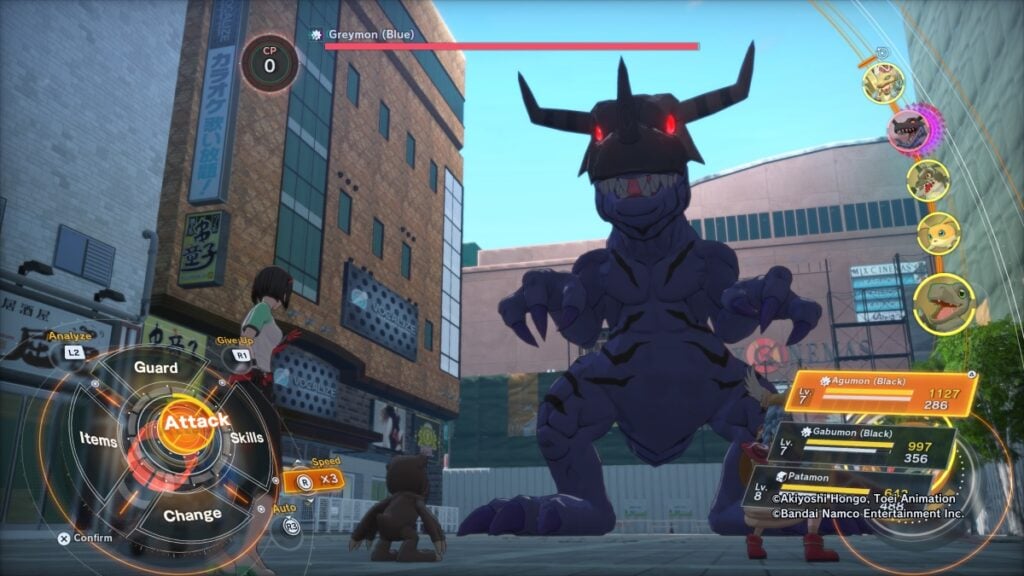
Beyond the normal encounters, there are plenty of boss fights, and I was pleasantly surprised to see just how well designed they were. Each of the major encounters has at least one gimmick that will put your team to the test. To give you a no-spoilers example, boss fights usually have a CP bar that triggers a powerful attack. If you fail to stop the attack, it will trigger a powerful move or pull out a new mechanic. In one particular fight, a boss ended up summoning enemies that countered all of my Digimon, forcing me to swap to the ones I had in reserve, as those were the only ones capable of bringing down the summoned foes.
Now, let’s address the Whamon in the room: grinding. Is there grinding? Yes. A lot. Is it tedious? Not at all. As I mentioned, fighting is much easier now, as you can complete most bouts without starting them, but there’s also an excellent auto-battle mode with superb AI and different speed levels. While you could certainly avoid grinding and focus on the story, you’d be missing out on one of the core aspects of the game, which is getting that perfect Digivolution, which you can do mostly through grinding or the DigiFarm.
I kid you not. At one point, I did a list of the Digivolutions I wanted in a notebook, wrote down the stats each Digimon needed, and just let the battles roll as I watched the stats grow. It was one of those rare cases where grinding was highly enjoyable.
Overall, the combat of Time Stranger is one of the most customizable turn-based systems. It offers a lot of depth in boss fights and keeps regular encounters challenging for those who want it, but at the same time, easy enough to let you grind as many levels as you wish. One last thing I want to mention is the fact that party management is superb. All Digimon earn experience, regardless of where they are, be it your reserves, main team, or even your box. Additionally, Aegiomon accompanies you on almost all your journeys, and it was great to have him as a controllable guest without occupying a space on my team; it was an excellent design choice, and one I’m incredibly thankful for.
Aiming For That Perfect Digivolution
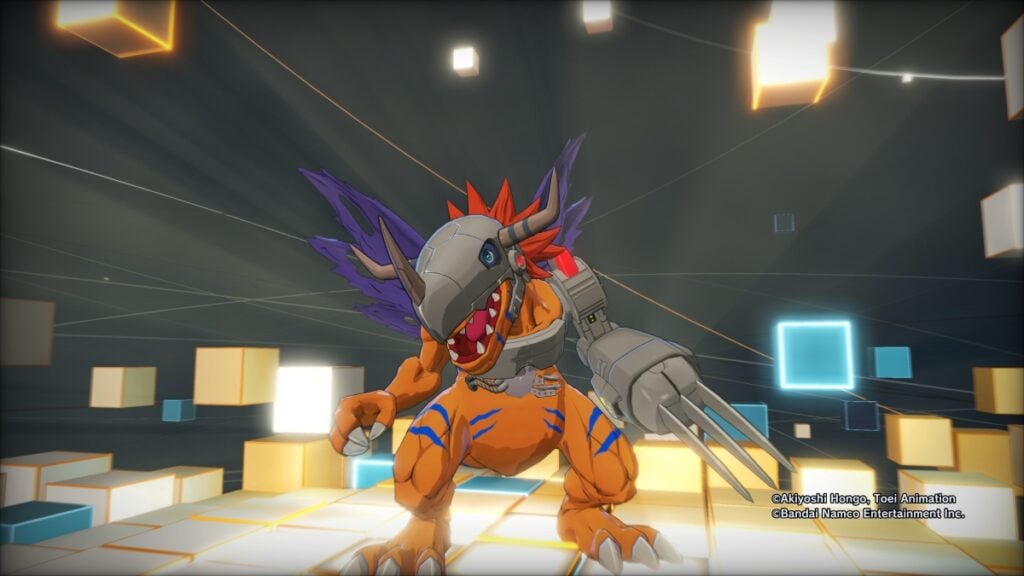
Initially, I wasn’t going to dedicate a spot just to talk about the Digivolution and growth systems, but I’d say that from my almost 60 hours in the game, I spent more than 10 putting my favorite team together.
When you convert a Digimon, they will all start at level 1 with their base stats and a level cap. To make them grow stronger, you can either send them to the Digifarm to train a specific skill while they passively earn experience, put them in your reserves or box so they can gain a few levels, or have them fight, so they can increase that level cap, thus gaining better stats.
It gets even more interesting during the Digivolution process, as evolutions don’t work like in other creature collectors. Here, your Koromon can evolve into Agumon, but also Gilmon, and then Gilmon can become GeoGreymon, but also Growlmon, and so on. All of these Digivolutions will ask you for certain stat requirements, with the late ones becoming even more convoluted and even adding some personality traits to the mix, which I’ll go over in a bit.
I can confidently say that I have never been as addicted to an evolution system as I am now. I ended up making a notebook of all the stats I needed for my WereGarurumon, and put my Garurumon through a lot of training in the farm, and then took him out for some battles in the Digi-World until I had my perfect digital companion. This also leads me to one complaint I have regarding the farm.
The Digifarm is mostly used for training stats, and you can train faster as you craft new training sets and get the necessary skills from your extensive Agent Skill Tree. However, there’s no way to check the Digivolution tree inside the Digifarm. I always had to take out my Digimon to check them and then put them back inside, which is why I had to take out a notebook to keep track of all of these details. I hope the game adds this function later because it would make the Digivolution planning process much easier.
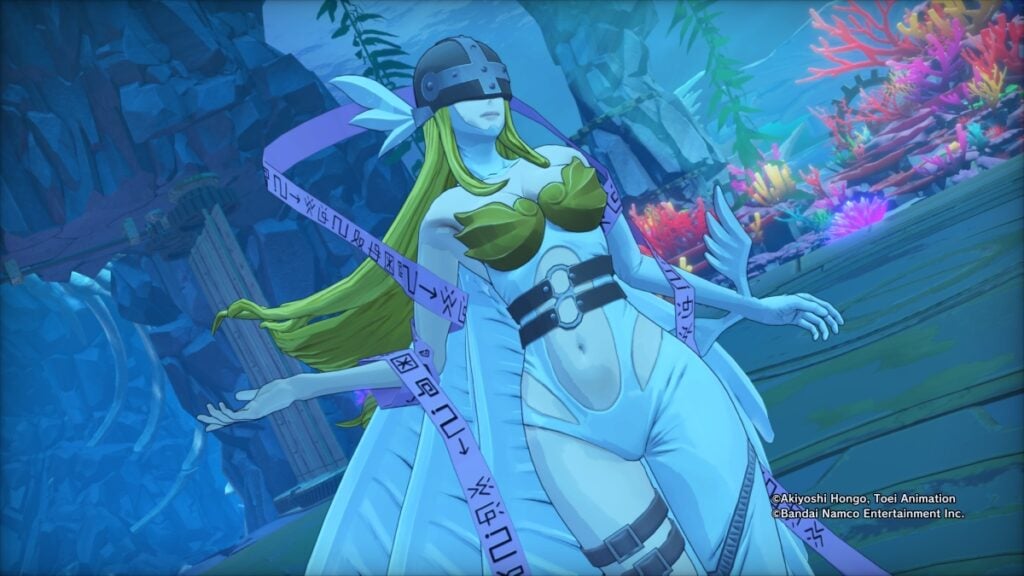
Stats aside, personalities also play a vital role in some Digivolutions and Digimon growth. Your companions will often stop you and ask some introspective questions that will shift their personality to any of the four alignments. These alignments offer different stat growths, which are key to making the perfect Digimon. If you want to get some of the most powerful stage 6 evolutions, you might have to start nudging your party members in the right direction to make their personality and stat requirements line up with the new creature you want to get.
Another way that helps make the process easier is the Agent Skill tree. After completing quests or side objectives, you’ll get Anomaly Points, which you can spend to increase the amount of experience certain Digimon get, unlock new powerful moves, or increase the stat gains and growth from different Digimon depending on their personality. To my surprise, the massive skill tree featured nothing but impactful choices that let me tailor the stat growth of all my companions. I spent a lot of time picking the right skills for each personality tree so that I could nudge all my Digimon in the right direction.
In truth, it is an excellent system for newcomers and veterans. If you’re new, you’ll be spending hours trying to get the iconic Digimon from the shows. But if you’re a veteran, you’ll lose yourself trying to mix-max personalities, stats, and breaking through that level cap until you create the perfect digital companion.
The Best Digimon Game
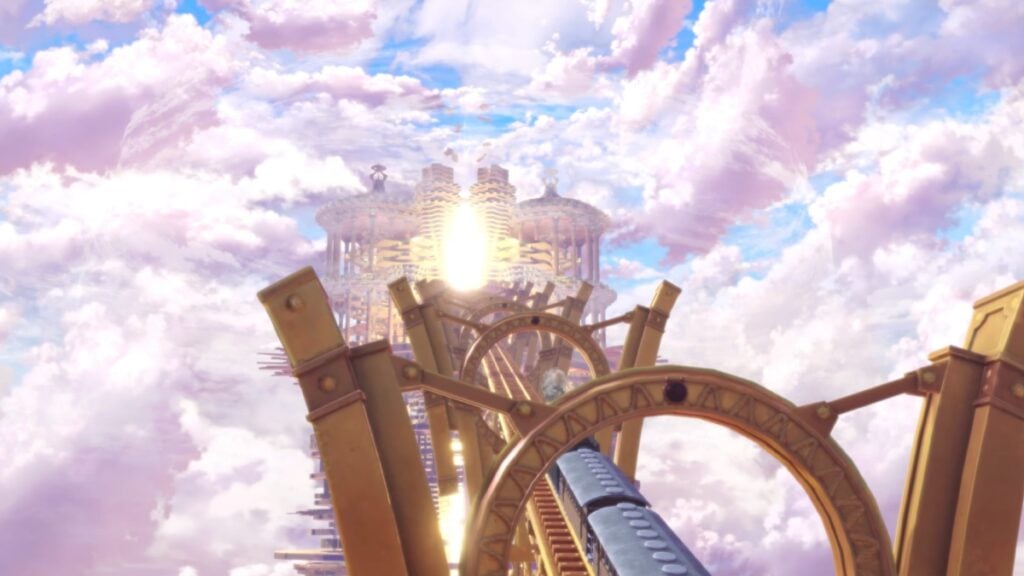
As I wrapped up my latest Digi-Adventure, I realized how Digimon Story Time Stranger had become the ultimate Digimon game, but most importantly, the best creature collector out there. In a genre that has become stale and is usually ruled by a series that becomes underwhelming year after year, Digimon Story Stranger is the refreshing experience we needed and one that shows just how far a creature collector can go by providing an excellent narrative, in-depth systems, ample customization, and a lot of player agency.
Digimon Story Time Stranger has taken the crown of not only the best Digimon game ever made, but also the most incredible creature collector of the year, and one I doubt will be surpassed. New players will have a blast diving into the deep world of these digital monsters, while veterans will get lost in the intricacies of the game’s systems that are as addictive as they are engaging.
Review copy provided by the publisher.
Digimon Story Time Stranger
Digimon Story Time Stranger is the pinnacle of Digimon games. It is the most approachable adventure yet, but also maintains the depth that has made the series so beloved by many.
Pros
- An interesting narrative with well-written characters
- An extensive and addictive Digivolution system
- Highly customizable combat
Cons
- Some pacing issues
- There's no way to plan your Digivolutions from the Digifarm

